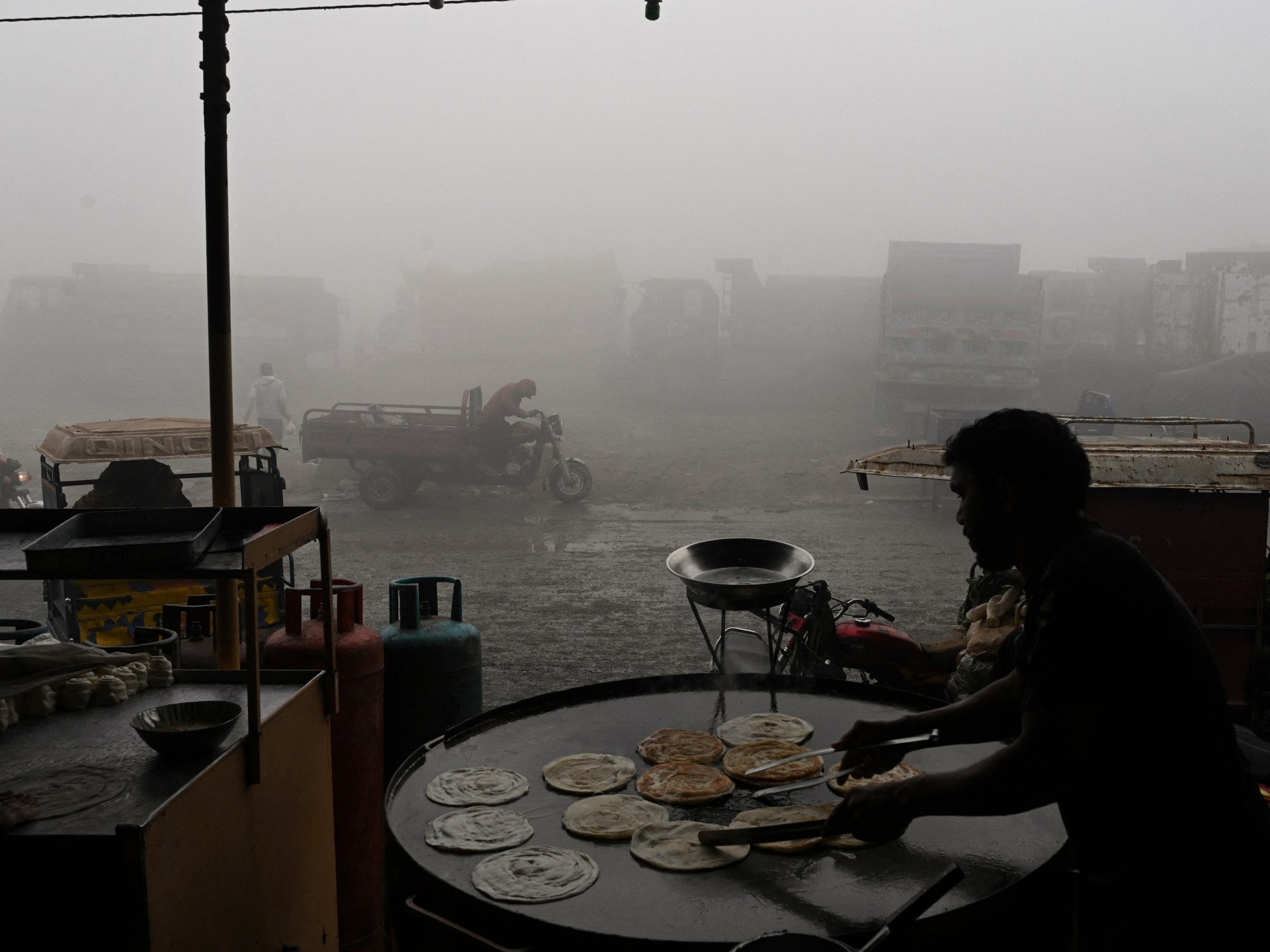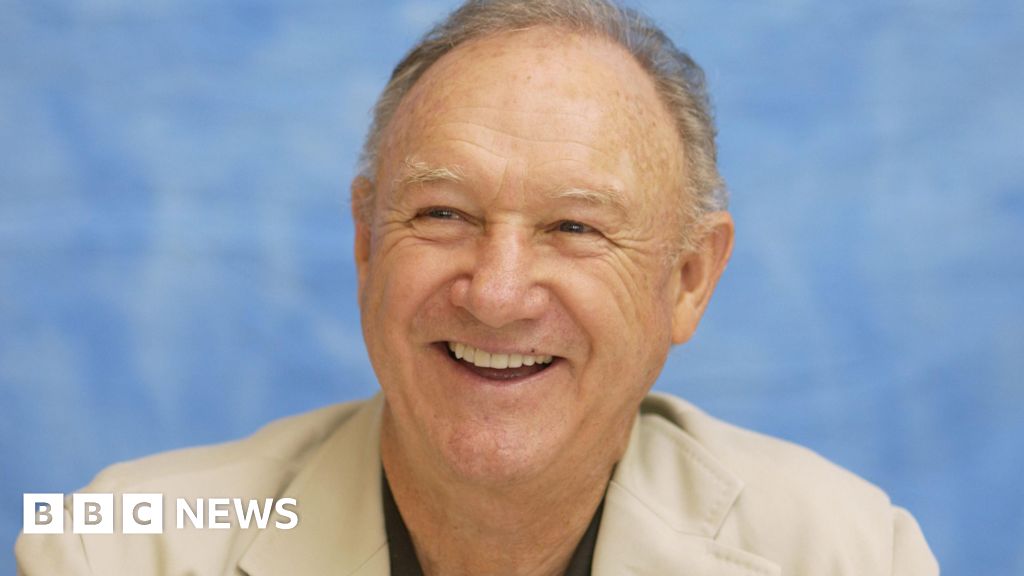What killing of Hindu teen by India cow vigilantes tells us about Modi 3.0 | Islamophobia News
At about 1am on August 24, Aryan Mishra, a 19-year-old 12th-grade student received a phone call.
Two of his friends, both sons of Mishra’s landlord, wanted him to join them for a late-night snack – noodles, according to reports.
Mishra soon joined them, grabbing the passenger seat in the landlord’s red SUV in a middle-class neighbourhood in Faridabad, a city in Haryana state on the outskirts of the national capital, New Delhi.
One of the brothers, Harshit Gulati, was at the wheel, while his elder sibling, Shankey Gulati, 26, was in the rear with their mother Sujata Gulati and her friend Kirti Sharma, according to Indian media reports.
As they drove along the largely empty streets of Faridabad, a car with a flashing red and blue beacon on top of it tried to stop them, local media reports said. Such beacons are usually allowed only on government vehicles. But the illegal use of these beacons by private vehicles remains rampant – especially when the owner is politically influential.
Details of what happened next are hazy and are being investigated by the police. But according to most reports, the car that Aryan and his friends were in tried to speed away from the chasing vehicle. Was that because they were just scared of being followed by an unknown car? Was it because Shankey, according to some reports, was accused in a separate attempted murder case, and his family thought they were being pursued by a police vehicle?
What is known is that a 40-kilometre (25-mile) chase followed. During the chase, a gunshot fired from the car behind hit Mishra on the shoulder. Harshit stopped the car. The men behind pulled up. One of them walked up to the car and pumped another bullet into Mishra’s neck from close range. The teenager was rushed to a local hospital, where he died.
Though the killing took place almost two weeks ago, its details are emerging only now, shocking and outraging the country.
Mishra had been killed in cold blood. But it is not that alone that has caused the outrage. It is the fact that Mishra was Hindu, killed by another Hindu – who thought he was Muslim.
The suspects were cow vigilantes, members of a nationwide right-wing Hindu militia, Gau Raksha Dal (GRD or Cow Protection Association), that claims to protect cows – considered holy by many Hindus – from slaughter, mainly by Muslim cattle traders.
Cow slaughter is banned or regulated in most Indian states.
The vigilantes have rarely faced the brunt of the law. Instead, it is their victims and their families who have often faced police cases and scrutiny over whether they were actually in possession of beef.
Against that backdrop, global and Indian rights groups believe these vigilantes operate under the patronage and protection of Prime Minister Narendra Modi’s Bharatiya Janata Party (BJP) since the Hindu nationalist leader came to power a decade ago.
The BJP has denied that it is linked to these attacks, and in 2016, Modi publicly criticised vigilantes. But a cow vigilante in the southern state of Karnataka has received an election ticket from the BJP. Eight vigilantes convicted of lynching a 45-year-old Muslim meat trader were garlanded by a BJP minister in 2018. And the funeral of one of the men accused of lynching a Muslim man in 2015 was attended by another BJP minister.
The Gau Raksha Dal has chapters in almost half of the Indian states, mostly in the north. Their logo depicts the head of a cow, flanked by two automated rifles or a pair of daggers. The vigilantes are armed with guns and sticks and patrol the streets through a large network of WhatsApp groups. They are the judge, jury and executioner, delivering their deadly justice on the streets of India.
The vigilantes also share information about alleged incidents of cow slaughter or cattle smuggling with the police and are reported to have even joined police officers in conducting raids or arrests.
Since 2014, when Modi first came to power, nearly 50 cow-related lynchings of Muslim men have been reported – most victims are poor farmers or daily wage workers, who left behind grieving families staring at an uncertain future. In nearly all such incidents, no cow meat was found, only the battered and tortured – and often lifeless – bodies of the victims.
‘We killed our brother’
According to a report on The Print website, when the local police told Mishra’s father Siyanand they suspected the involvement of cow vigilantes in his son’s killing, he did not believe they could kill “one of their own” and asked to meet the alleged shooter, Anil Kaushik, who was in judicial custody.
During the meeting, Kaushik confessed to the distraught father that he regretted killing “a brother”, thinking he was a Muslim, and sought forgiveness. The report added that Kaushik did not know Mishra was a Brahmin, the most privileged class in India’s complicated caste hierarchy.
“This incident is a blot for us. This is the first time in a decade that such an incident has happened. It’s a sad truth that we killed our brother,” Shailendra Hindu, a member of Bajrang Dal, a far-right militia that runs the cow vigilante groups, told The Print.
Many Indian media outlets, meanwhile, called it a case of “mistaken” killing. This is India’s new normal: that the act of killing in itself is not a mistake, killing a Hindu is.
Only three days after Mishra was shot dead, a 26-year-old Muslim ragpicker, Sabir Malik, was lynched by a mob on August 27 in Charkhi Dadri, a town in Haryana, about 130km (80 miles) from Faridabad, over suspicions he had consumed beef.
Malik was a migrant worker from the eastern state of West Bengal. He lived in Charkhi Dadri with his wife and two-year-old daughter, according to media reports.
News reports cite the police as saying that there was a rumour in the area where Malik lived that some migrant workers had consumed beef. A group of men called Malik to a shop on the pretext of selling empty plastic bottles and beat him severely. When bystanders objected to the assault, the attackers took him to another village where he was beaten to death.
When asked about Malik’s killing, Haryana’s Chief Minister Nayab Singh Saini, from the BJP, said: “Who can stop them?” Moreover, in a pattern familiar with such cases, Saini blamed the deceased instead for allegedly violating cow protection laws.
Modi 3.0 no different?
When the BJP lost its absolute majority in the general elections three months ago and was forced to depend on dubious allies for political survival, many Indian political experts felt it had been humbled after running a divisive and anti-Muslim campaign ahead of the vote.
They said Modi 3.0 would be less threatening to the safety and dignity of India’s 200 million Muslims, and that the world’s most populous country would breathe the fresh air of inclusive politics and growth.
But continuing xenophobic attacks on India’s largest minority and killings of innocent men since then have belied those predictions, according to analysts.
Since Modi won a third straight term, there have been nearly half a dozen cases of cow-related lynchings across India. Several homes have been bulldozed over suspicion the Muslims living in them had stored beef in their refrigerators. Last month, an elderly Muslim man travelling by train was brutally beaten by a group of men over suspicions he was carrying beef. A viral video of the incident showed the traumatised man being abused and hit by several men as others in the coach watched and filmed the assault.
Why cow vigilante crimes continue
But why is the BJP, weakened in parliament, not cracking down on – and if its critics are to be believed, actually facilitating – such attacks? It is not difficult to comprehend. The party cannot be seen to be alienating its core Hindu supremacist base when assembly elections are due in some key states later this year, including Haryana, where the Faridabad and Charkhi Dadri incidents happened.
Many analysts say that such vigilante attacks achieve a dual purpose. They say the attacks allow the government deniability in the face of international criticism since the state is not directly involved in the killings. At the same time, they feed the anti-Muslim narrative on the ground that helps galvanise the BJP’s primary voters.
In this, the BJP is aided by the unflinching adulation and support of a large section of pliant and uncritical mainstream media, now known in Hindi by many as “godi media”, a leading journalist’s vivid translation of “lapdog media”.
In his 2021 book, Modi’s India, Christophe Jaffrelot, professor of Indian politics and sociology at King’s College London, wrote that Hindu militias such as the GRD were participating in the making of an “unofficial” Hindu state.
Jaffrelot said such groups were cogs in a giant wheel called the Rashtriya Swayamsevak Sangh (RSS), a men-only far-right group formed in 1925 on the lines of European fascist parties, which counts Modi and millions of other Hindus as its lifetime members. The BJP is the political wing of the RSS.
“The Indian state was built up around a bureaucracy handed down from the British, but there remained the task of forming a Hindu state, and vigilantes are working to that end,” he wrote in his book, with an emphasis on “forming”.
It is in this context that what happened on August 24 in Faridabad, or in Charkhi Dadri only three days after that, should be seen. Is either killing legitimate? If not, why has one shocked the nation, described by many as a “mistake”?
And why has the other killing, like dozens before it, been reduced to yet another statistic in a long list of mob lynchings, unworthy of sympathy and outrage, or banner headlines on a newspaper’s front page?
Check out our Latest News and Follow us at Facebook
Original Source







